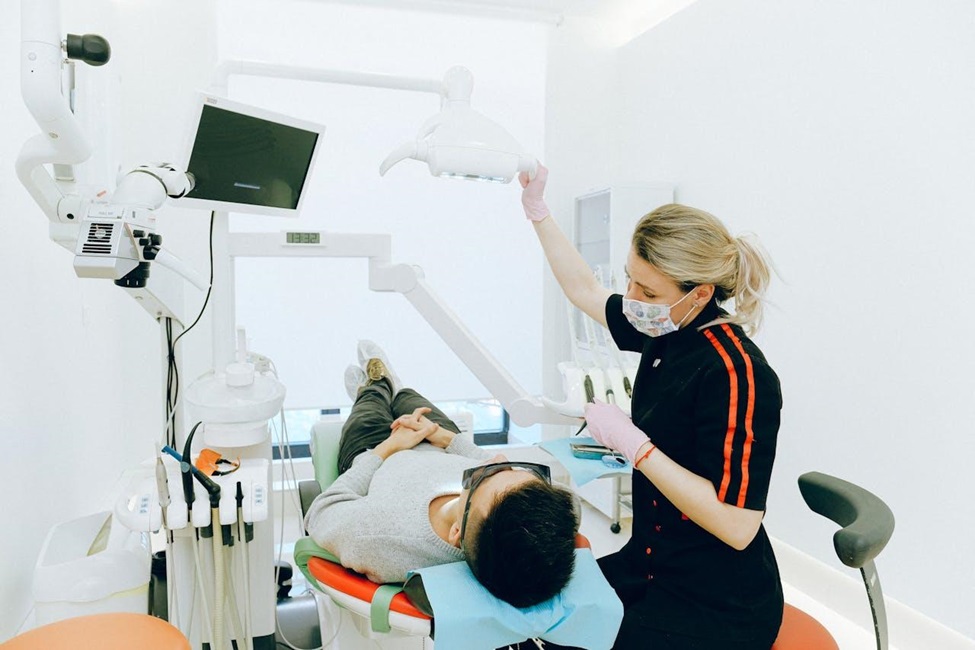Without teeth, we would not be able to eat and to preserve ourselves, and that is a fact. Since we use them on a daily basis every single day from the very beginning, it is vital to find a way to maintain oral health so that we can prevent severe conditions such as periodontitis.
Have in mind that this particular gum disease affects almost half of Americans that are over the age of 30, and that is a fact based on the CDC (Center for Disease Control and Prevention) study.
Even though it is a common condition, losing teeth is an unfortunate outcome especially if you neglect the treatment.
However, today, we live in the world with technological advancements that created successful treatment options even for advanced periodontal disease especially if you find a periodontist in Phoenix.
Finally, you can avoid losing your teeth, especially if you had issues with the gum line.
Gingivitis Leads to Periodontitis
The main problem with gum disease is that it is a progressive and sneaky issue that could affect you without you even knowing. The first stage is gingivitis, and it happens when bacterial plaque remains all across your teeth due to improper hygiene.
That will cause swollen, red and bleeding gums, which are first signs that you have entered the point of infection. According to NIDCR (National Institute of Dental and Craniofacial Research), this condition is reversible with daily flossing and brushing.
Of course, you have to make a frequent appointment at the dentist’s office to avoid further issues. On the other hand, when you leave it untreated, gingivitis will progress into a severe condition that we know as periodontitis.
Toxins derived from bacterial plaque buildup will affect your gum tissue as well as ligaments and bone that support your teeth.
The infection will start to spread; it will cause the disease to supporting tissues, and bone, which means that your teeth will eventually become loose and you have to treat them surgically or remove them altogether.
However, even if you have an advanced case of periodontal disease, some ways will allow you to reverse the condition so that you can enjoy all the way.
Click here if you wish to learn more on periodontal disease, and how to treat it with ease.
- Nonsurgical Treatment

The first step that you have to take toward treating periodontitis is nonsurgical and conservative treatment called scaling and root planning. A dental hygienist or dentist will provide you treatment by removing the tartar and plaque off your teeth as well as root surfaces by scaling.
Afterward, he/she will have to smooth away every single roughness that your roots feature so that they can prevent the bacteria from entering again.
SRP is not a simple procedure, and it requires more than one visit as well as local anesthetics that will reduce and prevent pain and discomfort. As soon as you finish with this particular process, the gums will reattach themselves and heal to the state of clean and healthy surfaces.
In a matter of a few weeks, the dentist will evaluate the process of healing and tell you whether you have to undergo an additional treatment if necessary.
- Pocket Reduction Procedure
After SRP, if your gums are still not in the appropriate and healthy state, and you cannot keep the deep pocket area clean, it means that you have to undergo a periodontal pocket reduction or as oral surgeons call it to flap surgery.
They will fold back the gum tissue, so that periodontist los angeles ca has the ability to help you remove infectious bacteria and smooth the damaged parts of the bone, which will allow the gum tissue to reattach to a healthy portion.
If you wish to learn how to get rid of gum pockets naturally, you should check this website: https://www.wikihow.com/Reduce-Gum-Pockets-Naturally for more information.
- Gum Grafts
If roots were too exposed due to gum recession, you would be able to implement gum grafts, especially in areas where gum tissue is taken from palate or another source so that you can cover roots and reduce the possibility of falling teeth.
As soon as you cover the exposed teeth, you will protect the root from decay and reduce overall sensitivity, while you will also stop further gum recession that will leave to bone loss. This particular procedure promotes the growth of the bone in the destroyed areas.
During the treatment, your periodontal will eliminate bacteria and place synthetic bone as well as tissue-stimulating proteins that will increase the rate of bone and tissue growth in time.



